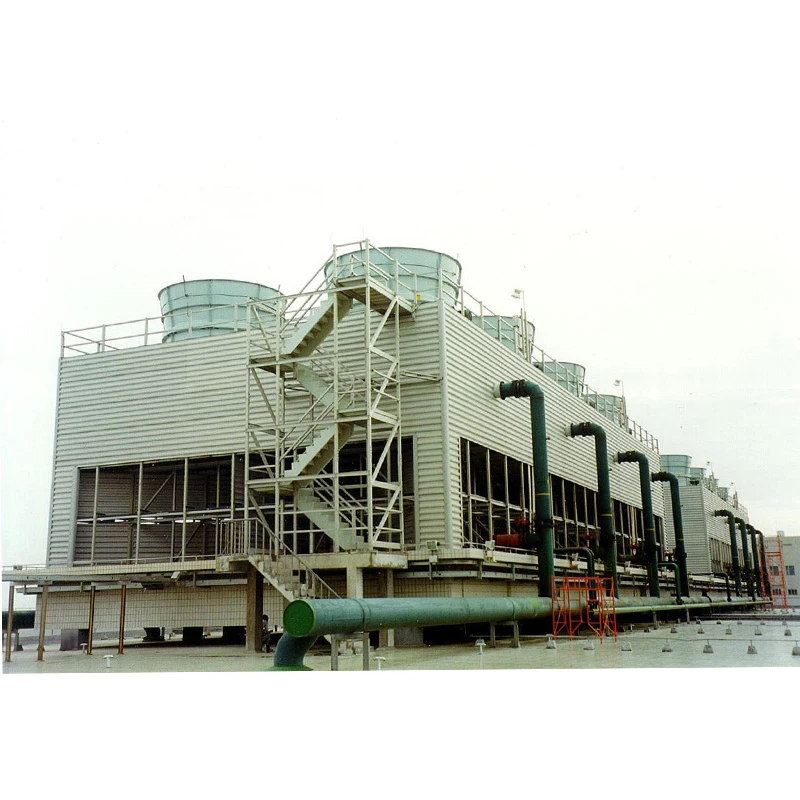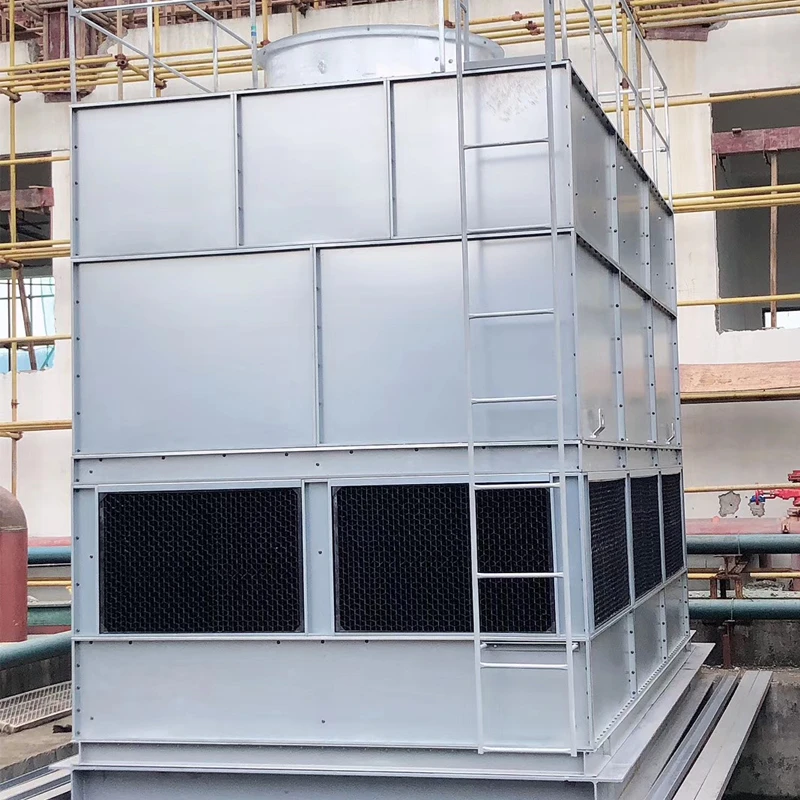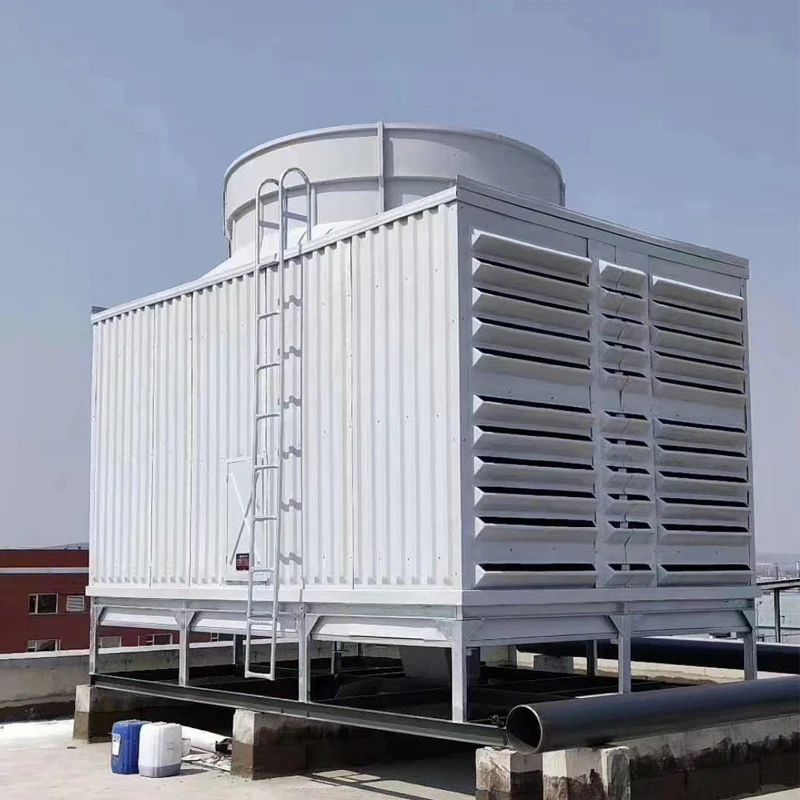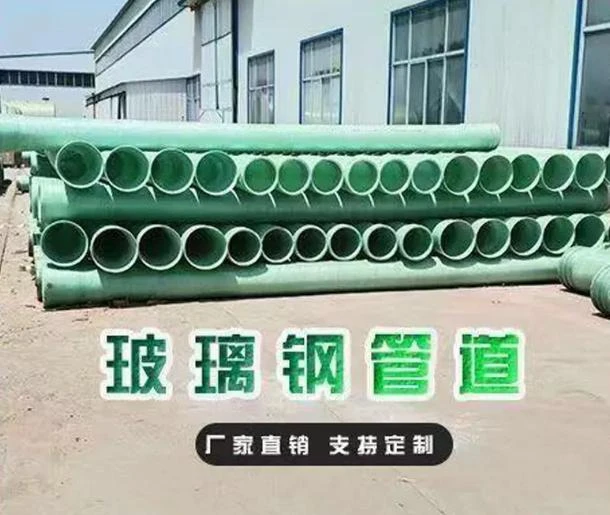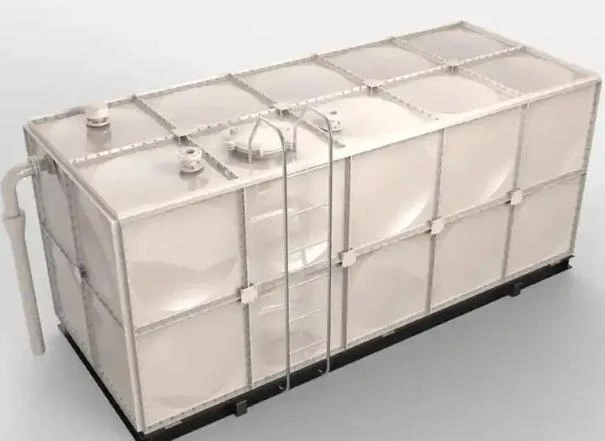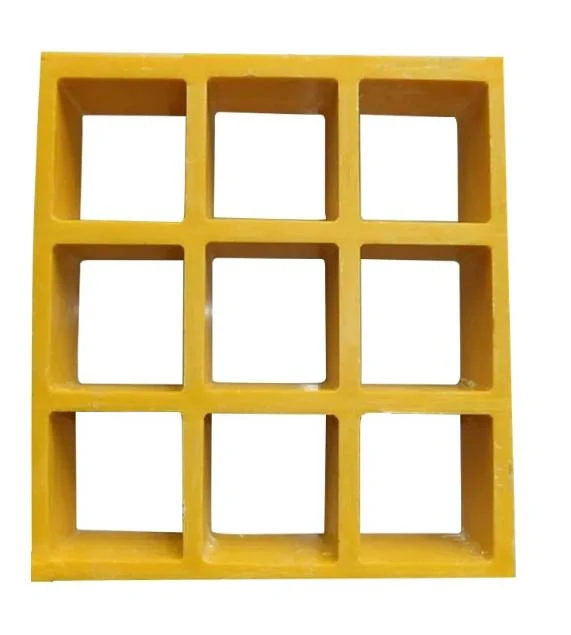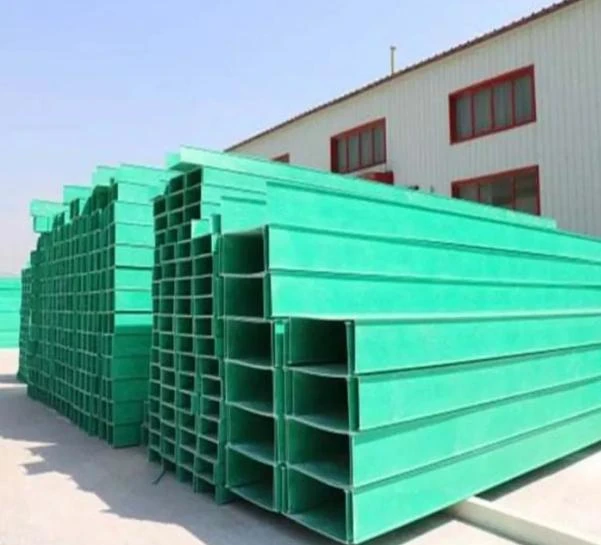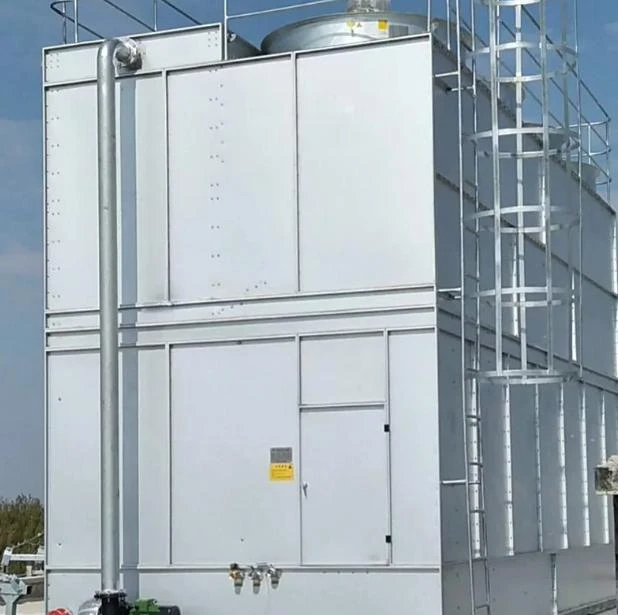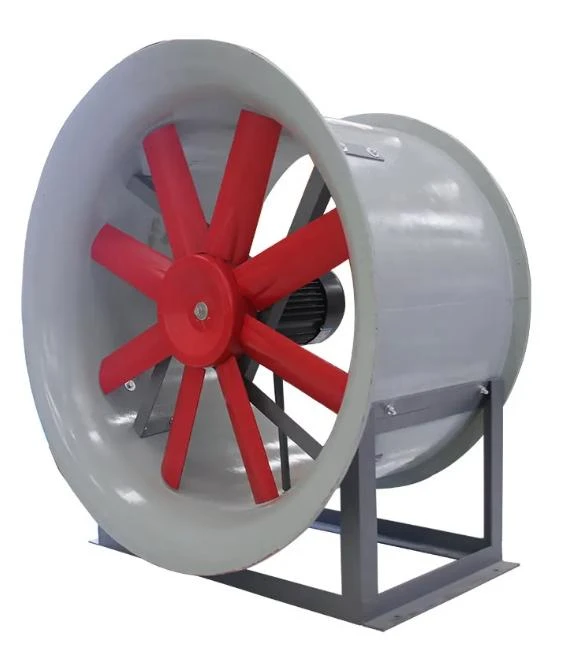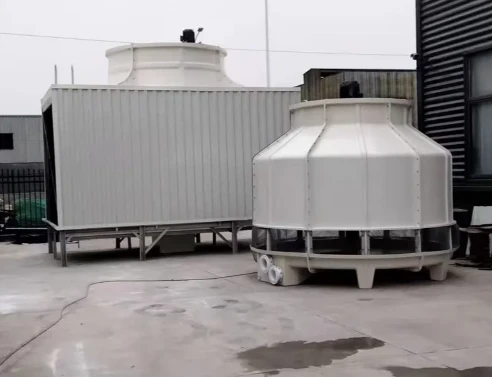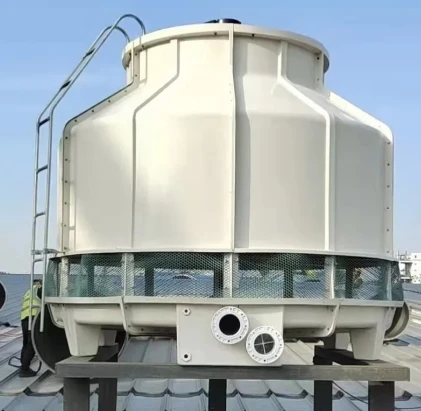

We Are Open 24 Hours a Day, 7 Days a Week, Including Weekends and Public Holidays.
The Circular Cooling Tower stands out as a critical solution for modern industrial heat-dissipation requirements. Leveraging advanced FRP (Fiber Reinforced Plastic) materials, optimized aerodynamic designs, and compliance with stringent international standards (ISO9001, ANSI/ASHRAE 90.1), these cooling towers are the backbone of industries like petrochemical, metallurgical, and municipal water treatment. This article provides an in-depth industry overview, technical breakdown, manufacturer comparison, and practical application cases to assist engineering decision-makers in selecting and customizing the optimal solution.
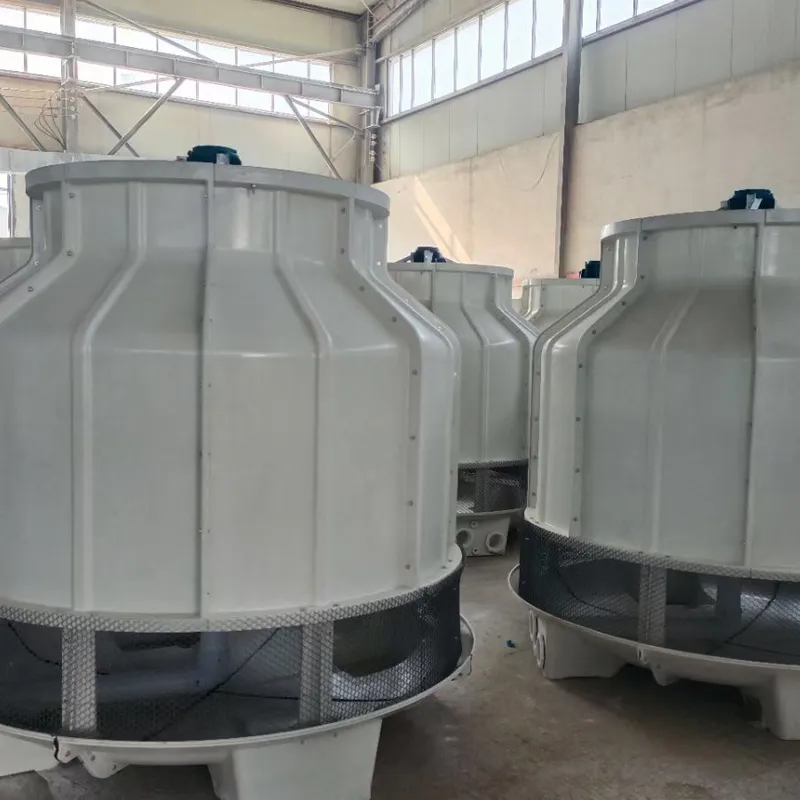
1. Circular Cooling Tower Industry Trends (2024)
- Market Growth: Estimated CAGR (2022–2028) of 6.7% worldwide (source), especially in APAC, due to urbanization and infrastructure renewal.
- Technology Upgrades: Shift toward low-noise fans, high-efficiency fills, and digitally monitored systems (IoT-enabled maintenance).
- Regulatory Push: Growing demand for ISO, ANSI, Eurovent certified equipment—now a decisive purchase factor for global enterprises.
- Sustainability: Energy-saving tower solutions and corrosion-resistant FRP materials are mainstream, significantly extending product life cycles in aggressive environments.
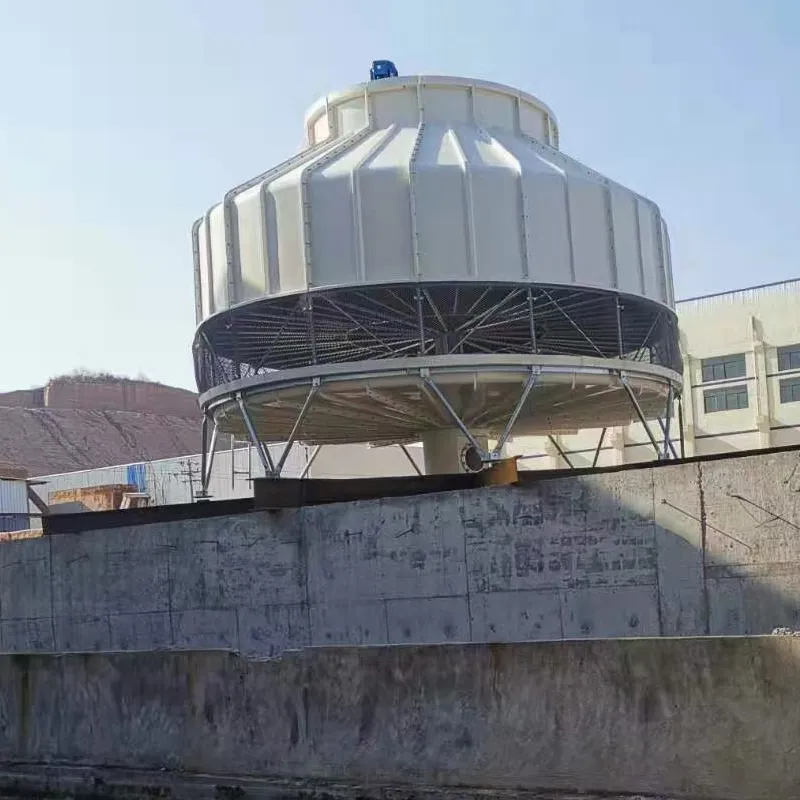
2. Circular Cooling Tower Structure & Technical Parameters (with Data Visualization)
Circular Cooling Tower units feature a precision-engineered design optimized for high thermal efficiency, compactness, and lifecycle cost control. Key structural elements include:
- Main Body: FRP (Fiber Reinforced Plastic)—high tensile strength, anti-UV, superior anti-corrosion.
- Filling: PVC/PP honeycomb fill, maximizing contact area for heat exchange.
- Fan: Aluminum/FRP axial fan, tested according to AMCA 210 standards for low-noise & energy efficiency.
- Water Distribution: Swivel sprinkler/Fixed-pipe; even coverage, easy cleaning.
- Drift Eliminator: Reduces water loss & meets or exceeds the standards set by the Cooling Technology Institute (CTI).
- Support Frame: Galvanized steel/SUS304 stainless steel upon request.
| Model | Cooling Capacity (m³/h) | Fan Power (kW) | Noise (dB) | Diameter (mm) | Height (mm) | Material | Weight (kg) | Certifications |
|---|---|---|---|---|---|---|---|---|
| LXCT-150 | 150 | 2.2 | 62 | 2600 | 2100 | FRP | 580 | ISO9001, ANSI/ASHRAE |
| LXCT-300 | 300 | 4.0 | 65 | 3050 | 2500 | FRP/SS frame | 790 | ISO9001, CTI |
| LXCT-500 | 500 | 7.5 | 68 | 4000 | 2850 | FRP/SS | 1200 | ISO9001, ANSI, AS 3666 |
| LXCT-1000 | 1000 | 16.5 | 70 | 5600 | 3200 | FRP/SUS316 | 2200 | ISO9001, Eurovent |
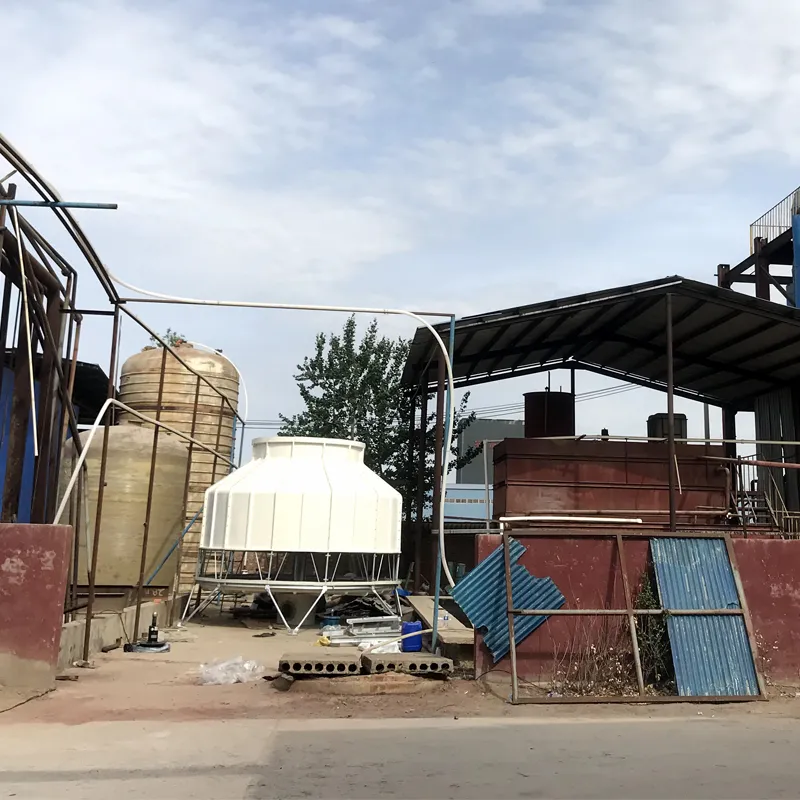
Data Visualization: Cooling Capacity Trends & Product Proportion
3. Circular Cooling Tower Manufacturing Process: Step-by-Step Diagram
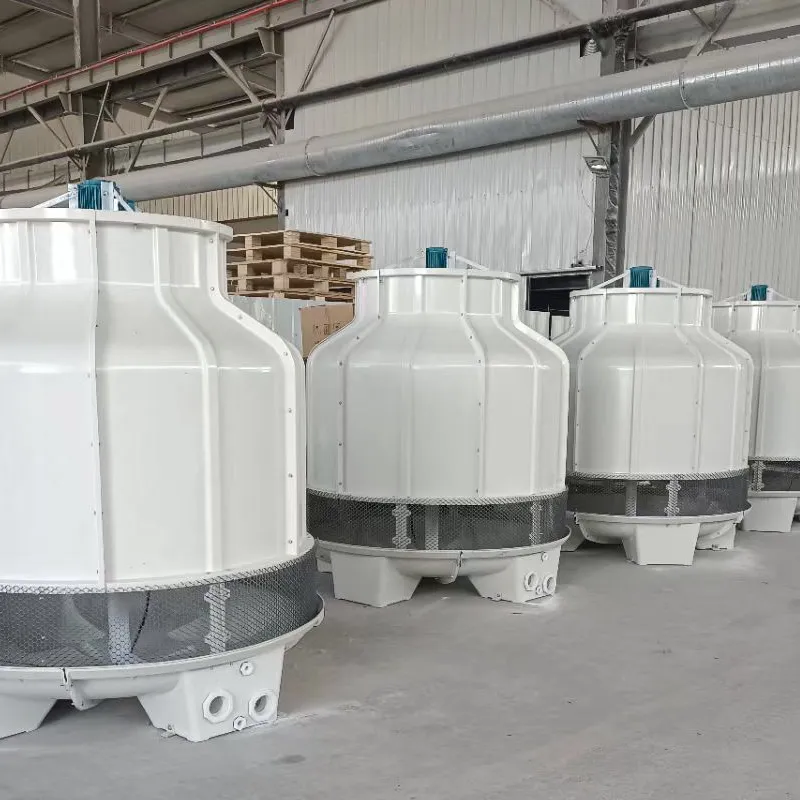
-
Raw Material Selection:
- High-quality FRP resin, reinforced glass fiber, and imported anti-aging agents.
- Meets ISO9001, CTI, and ANSI/ASHRAE standards.
-
FRP Shell Formation:
- Laminated, pultruded, or RTM-molded to ensure uniform wall thickness and strength.
-
CNC Machining of Metal Supports:
- Precision CNC cutting/drilling for frames and flanges (Galvanized steel/SS304/SS316).
-
Assembly:
- Integration of fill pack, fan installation, drift eliminators.
- Rubber seals & corrosion-proof fasteners.
-
Testing:
- Hydrostatic pressure test, noise test, air draft test per CTI STD-201.
-
Quality Control & Shipment:
- Visual inspection, random sampling for third-party testing, issued test certificates.
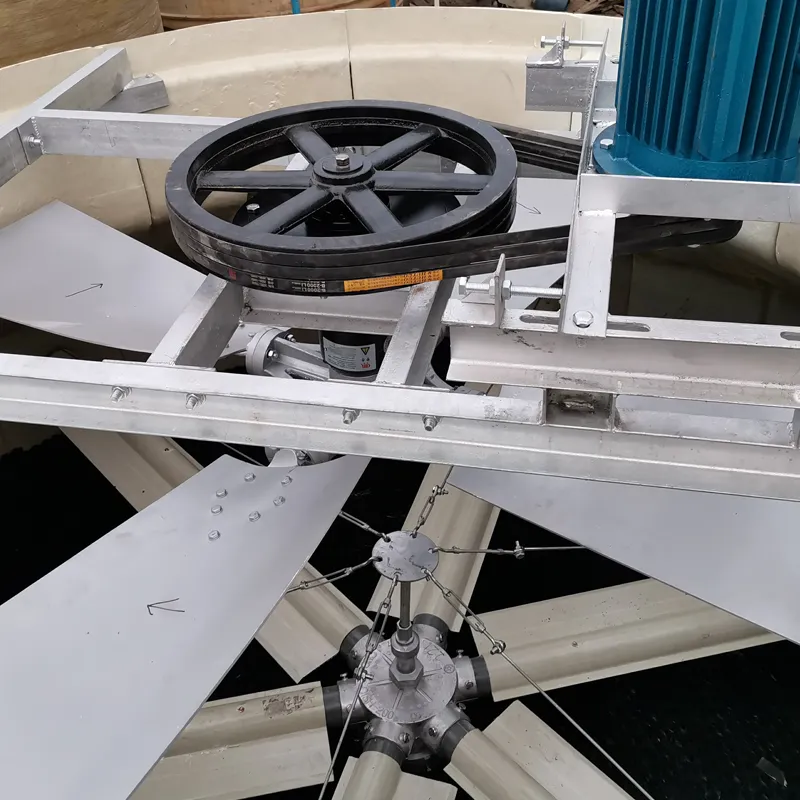
- All manufacturing complies with ISO9001, and for select international projects, with additional ANSI, Eurovent compliance.
- Materials pass 1000h salt spray, hydrolysis, and UV-resistance tests, with typical service life exceeding 15–20 years (depending on site environment).
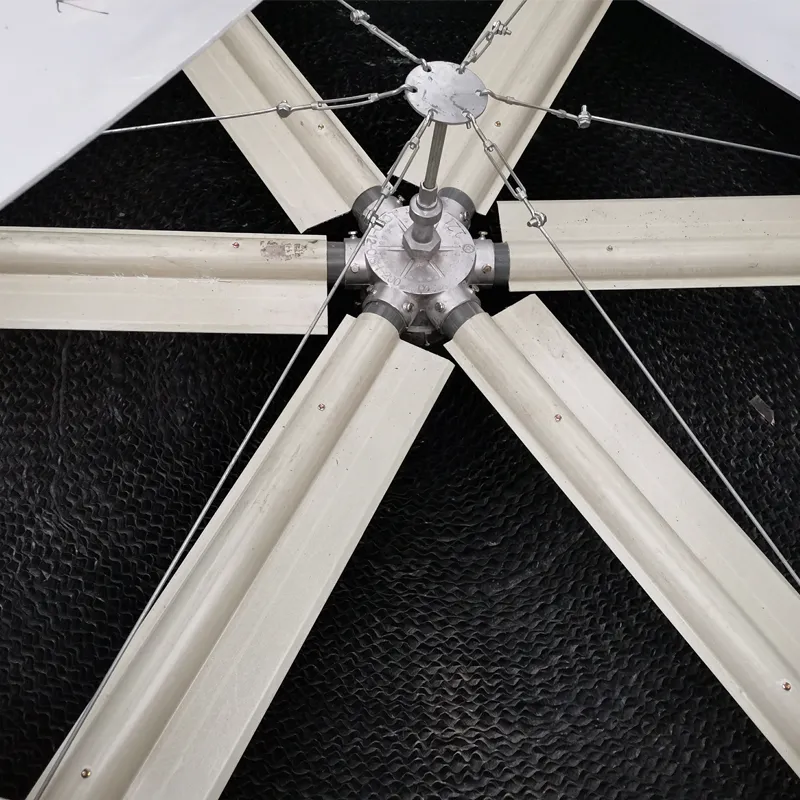
4. Application Scenarios and Technical Advantages
Thanks to their compact designs, energy-saving fans, and superconductive fills, Circular Cooling Tower products have found wide application in:
- Petrochemical & Oil Refining: Outstanding resistance to corrosive gases and fluctuating load cycles. Demonstrated drop in fluid exit temperature by 15–19°C, boosting process yield by 4–5%.
- Metallurgy & Steelworks: Withstand high TDS circulating water & side-stream filtration, 25% longer life over traditional concrete towers.
- HVAC and Data Centers: Stable operation under variable loads, low noise profile (62–70 dB) ideal for urban environments.
- Municipal Water Works: Low drift emission (
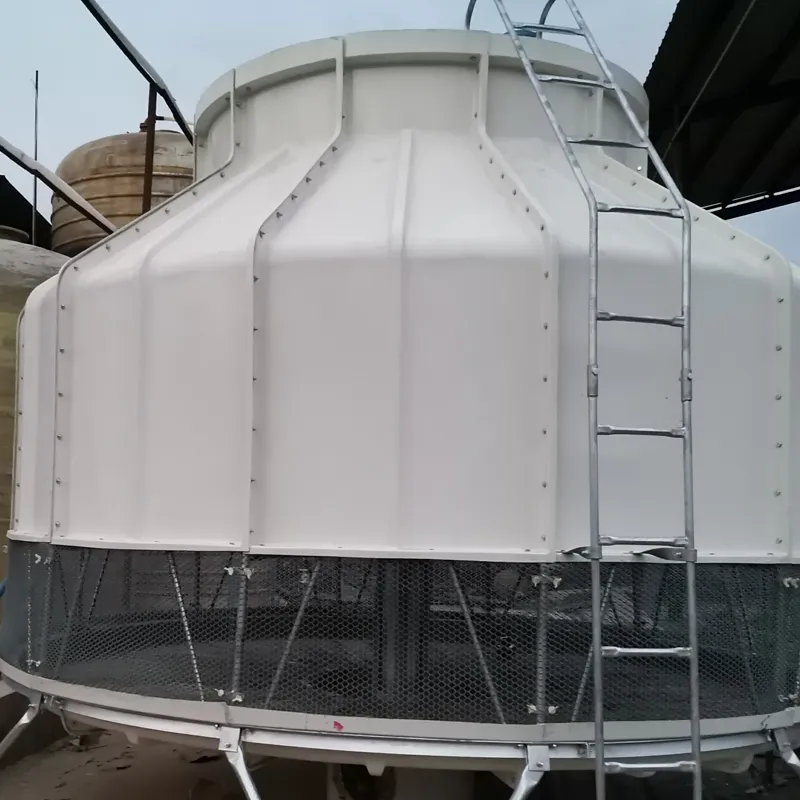
Key Technical Advantages
- Energy Efficiency: Optimized air flow, high-efficiency fills deliver up to 13–18% energy cost savings over square towers* (ASHRAE research).
- Corrosion Resistance: FRP casing resists acid, alkali, salts, UV aging; fill packs remain functional in 65°C continuous flow.
- Low Maintenance: Modular fill, quick-disassembly nozzles, and SS fasteners for trouble-free operation.
- Longevity: Proven >15 years field operation with routine checks; 5-year warranty standard, up to 10 years for certain models.
- Quiet Technology: Proprietary blade design reduces noise, with acoustic barriers available for “quiet city” projects.
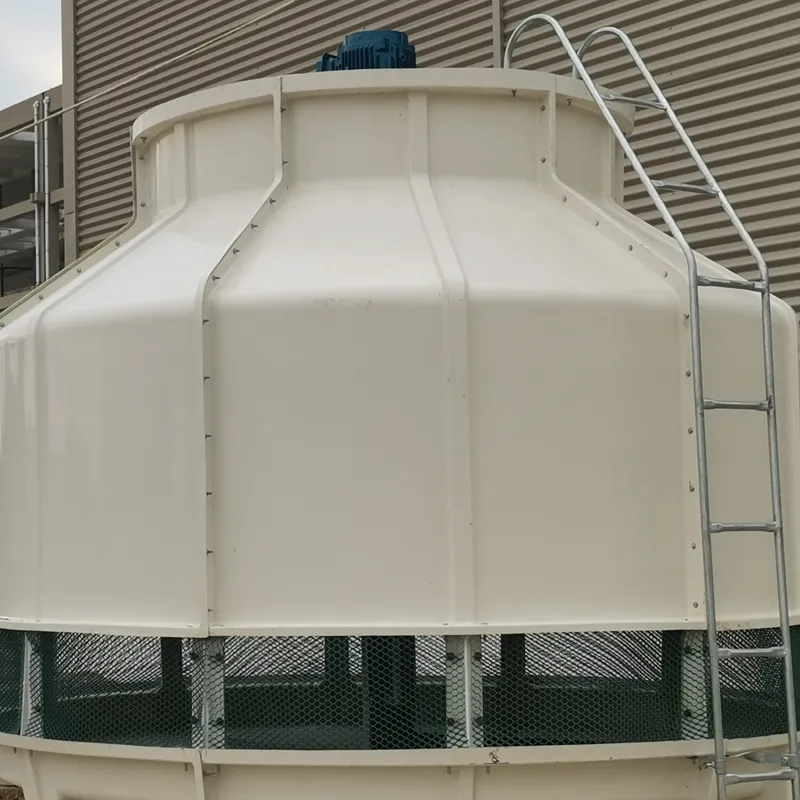
5. Manufacturer Comparison—Circular Cooling Tower Global Leaders
| Manufacturer | Major Export Regions | Typical Certifications | Max Capacity (m³/h) | Key Strength | Annual Projects (2023) |
|---|---|---|---|---|---|
| Longxuan FRP | APAC, Europe, Middle East | ISO9001, ANSI/ASHRAE | 2000 | Custom FRP, rapid turnaround | 780+ |
| SPX Marley | Americas, MEA | CTI, Eurovent | 1700 | Fan technology, noise reduction | 530 |
| Baltimore Aircoil | NA, Europe | ISO, CTI | 1200 | Modular design | 367 |
| EVAPCO | NA, APAC | FM, Eurovent, ISO | 1400 | High reliability | 290 |
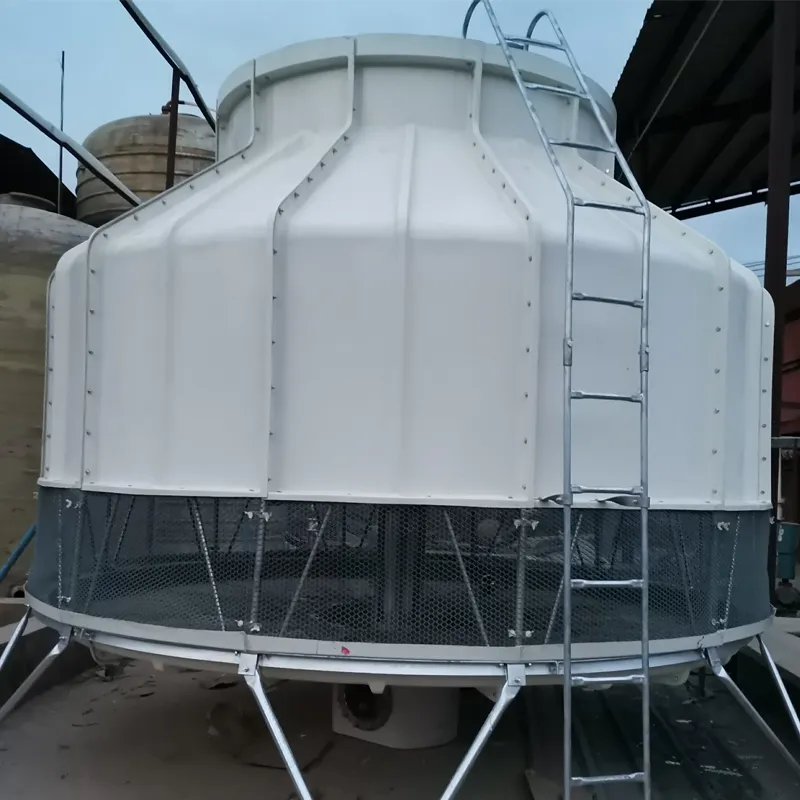
6. Custom Circular Cooling Tower Solutions—Selection & Project Steps
- Needs Assessment: Understand flow, temperature range, project location and corrosion risks through comprehensive survey.
- Model Selection: Choose optimum size by software simulation (cross-check NCT values, fill efficiencies).
- Material Optimization: Recommend SS304/316 or alloy structure for high-chloride/brine conditions, with FRP casing for best lifecycle cost.
- Manufacturing/Testing: Customer audits always welcomed. Testing per ISO/ANSI; digital report issued.
- On-site Installation: Team guides anchoring, piping, and startup commissioning worldwide.
- Lifecycle Support: Includes regular inspection, maintenance kits, free parts consultation.
Delivery Cycle: Fastest standard delivery in 9–15 working days (custom sizes 21–35 days); urgent “ship-in-7-days” solution available.
Warranty: All standard Circular Cooling Tower solutions come with 5-year full warranty (structural + fan), extendable to 10 years.
Certifications: ISO9001, ANSI/ASHRAE, CTI; product test reports with every shipment.
7. Circular Cooling Tower Project Case Studies—Industry-Leading Installations
Case 1: Oil Refinery Retrofit (Saudi Arabia, 2023)
- Replaced 6 concrete towers with FRP Circular Cooling Tower models (LXCT-1000);
- Avg. exit water temp reduced from 42°C to 26.5°C, improving yield and cutting energy costs by 15%.
- Operator testimonial: "Minimal drift, easy maintenance, exceeded design expectations."
Case 2: Steel Mill Make-Up Water Cooling (Vietnam, 2022)
- 3 sets of Circular Cooling Tower LXCT-300 deployed in anti-scaling + recirculating closed-loop;
- 16% less scale deposition, 12 years operation—no corrosion detected.
- Steelwork engineer feedback: "Lightweight & robust, easy relocation due to modular design."

Case 3: HVAC District Cooling Plant (Turku, Finland)
- Installed 4 low-noise Circular Cooling Tower units for urban complex;
- Noise at property line even at peak load (ASHRAE 90.1-certified);
- Municipal operator: "Outstanding ice-resistance design, high reliability under Nordic winters."
Case 4: Data Center Cooling (Singapore, 2021)
- Deployed FRP Circular Cooling Tower to replace metal units;
- 100% uptime, automatic fill cleaning integrated, remote equipment health monitoring.
- Customer quote: "Best solution for cost-performance and local regulatory compliance (Eurovent mark supplied)."
8. FAQ—Circular Cooling Tower Professional FAQ
-
Q1: What are the main materials used for Circular Cooling Tower casings?
A1: The primary casing is made from FRP (Fiber Reinforced Plastic), which offers outstanding resistance to UV, acids, alkalis, and industrial atmospheric agents compared to steel, extending service life up to 20 years. -
Q2: What industry standards should a high-quality Circular Cooling Tower meet?
A2: ISO9001 (manufacture), ANSI/ASHRAE 90.1 (energy efficiency), CTI STD-201 (thermal performance), and Eurovent (for EU projects). -
Q3: What is the typical noise level and how is it measured?
A3: Standard models: 62–70dB(A) at 1m, measured in accordance with AMCA 210 and ASHRAE protocols in full load. -
Q4: What installation standards are recommended?
A4: Comply with ANSI/ASHRAE guidelines, with seismic anchoring layouts and anti-vibration mounts as required for local code. -
Q5: What is the purpose of fill materials, and how are they maintained?
A5: Fills (PVC/PP) maximize the water-air contact surface, crucial for heat transfer. Modular design allows easy cleaning or replacement every 5–7 years. -
Q6: Can Circular Cooling Tower be used in coastal or high-salinity regions?
A6: Yes, the FRP shell and marine-grade stainless steel internals provide top corrosion resistance, supported by actual deployments in saline/chemical plants. -
Q7: What if spare parts are needed urgently?
A7: Emergency stock of fans, drift eliminators, and fill packs available for fast dispatch globally; 24/7 hotline support for technical troubleshooting.
Prev This is the first article





Address
20 Xingyuan South Street, Zaoqiang County, Hengshui City, Hebei Province, China










